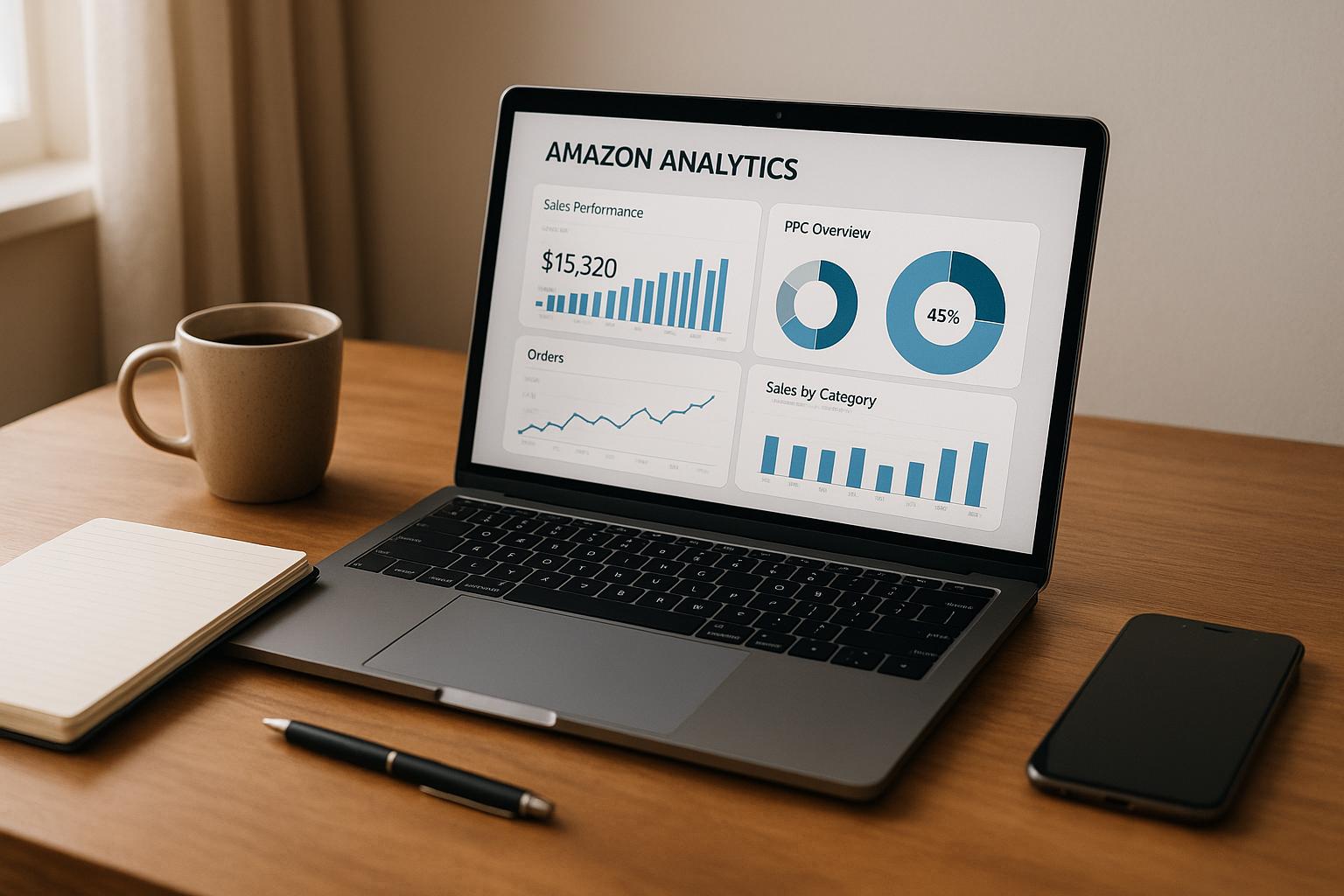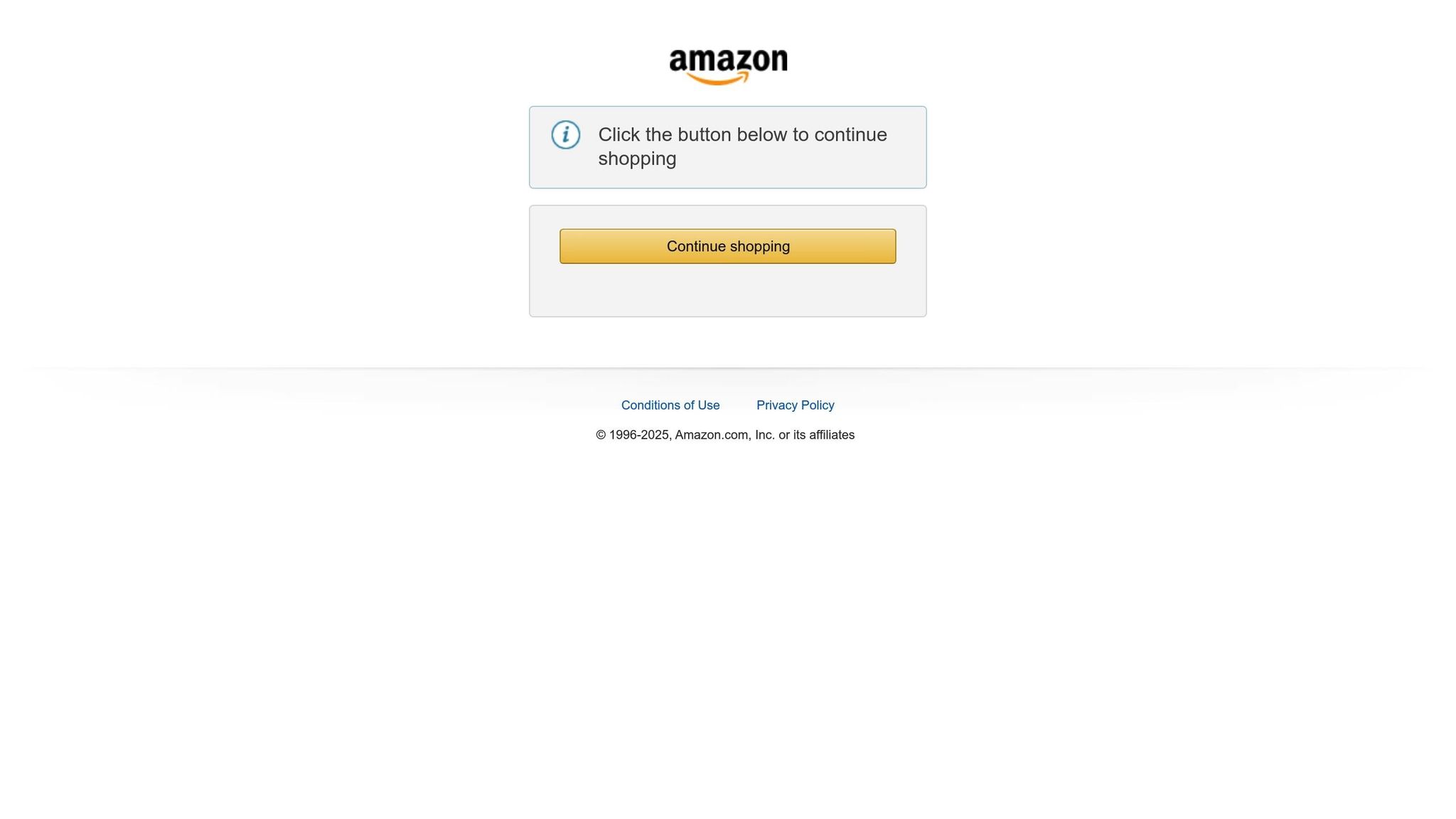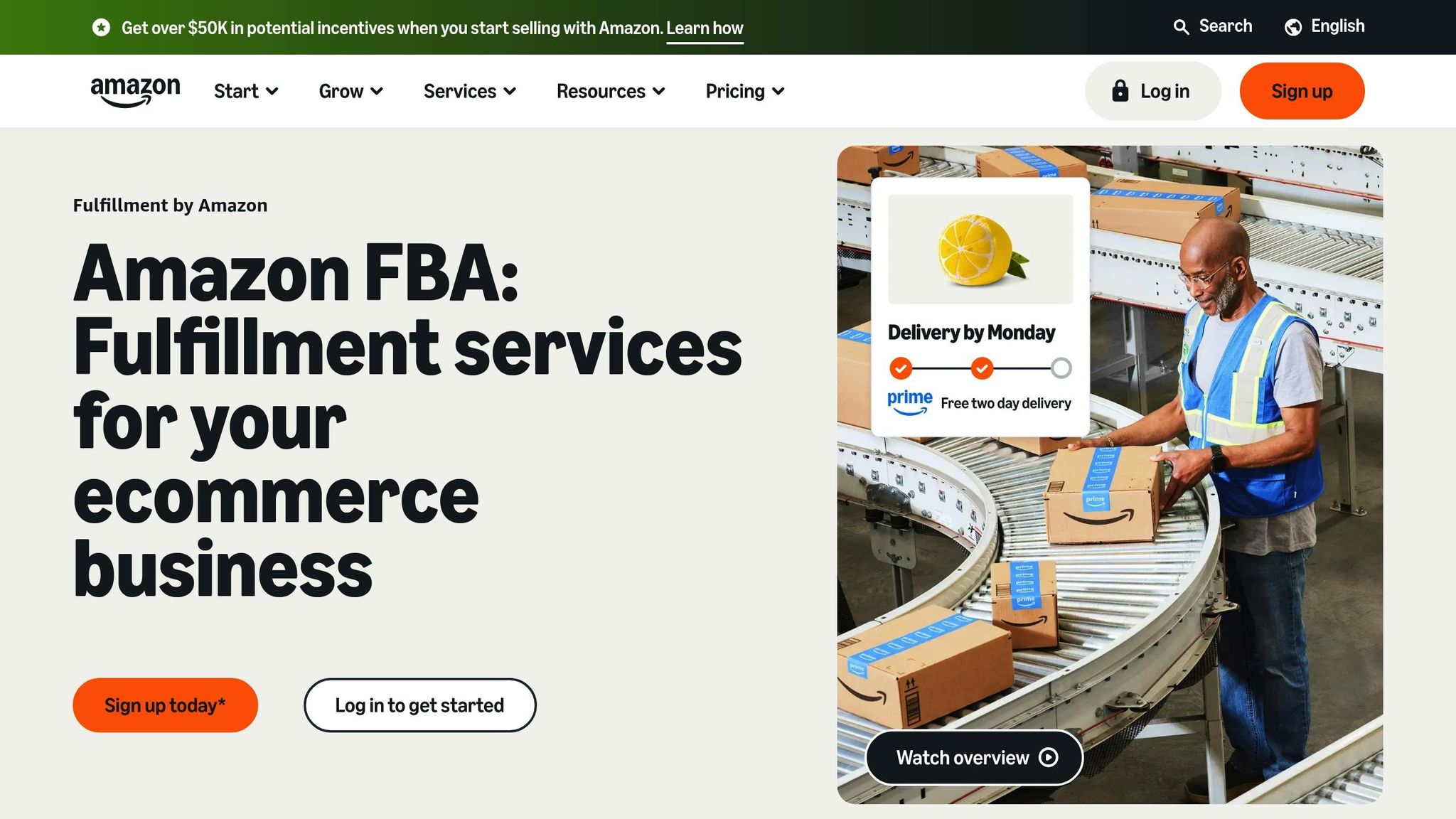
Navigating the complexities of Amazon is no small feat, especially for small to medium-sized eCommerce businesses aiming to carve out a competitive edge. In a recent talk, an industry veteran with over 15 years of Amazon expertise unpacked the intricacies of mastering the platform, sharing actionable strategies on PPC optimization, algorithm insights, and growth methodologies. This comprehensive guide distills those insights into key learnings that will help business owners, eCommerce managers, and marketing professionals elevate their Amazon game.
Why Amazon Mastery Is Crucial for eCommerce Growth

Amazon is no longer just another marketplace; it is the cornerstone of online retail, influencing shopping behavior globally. For businesses looking to scale, Amazon offers unparalleled reach, but that reach comes with challenges like navigating its algorithm, managing fees, and optimizing ad spend. Understanding how to leverage Amazon’s ecosystem can mean the difference between stagnant growth and exponential revenue increases.
The session covered crucial topics, including debunking common myths about Amazon, understanding the power of its algorithm, and implementing effective PPC strategies, all while weaving in real-world case studies and actionable takeaways for businesses of all sizes.
Breaking Down Amazon Myths
One of the key themes of the talk was addressing and debunking persistent misconceptions surrounding Amazon. Let’s explore these myths and their realities:
1. Can You Negotiate Amazon Fees?
- The myth: Many believe that Amazon’s referral fee, typically 15% for most categories, is negotiable.
- The reality: Amazon’s fee structure is globally standardized and non-negotiable. Instead, businesses should focus on optimizing other costs like shipping and storage to improve profitability.
2. Will Amazon Steal Your Product Idea?
- The myth: Fear exists that Amazon will copy top-performing products and dominate the category.
- The reality: While Amazon does occasionally launch private-label products in high-performing categories, this typically applies to products generating significant revenue (over $1M annually). If Amazon competes with your product, it often signals you’re in a strong position.
3. Is Fulfillment by Amazon (FBA) Too Expensive?

- The myth: Many assume FBA’s costs – storage, shipping, processing – are prohibitively high.
- The reality: FBA is highly competitive for most product categories, especially when factoring in its sales-boosting effects due to improved algorithm performance.
4. Are High ROAS Numbers the Pinnacle of Success?
- The myth: A 5x or higher ROAS (Return on Advertising Spend) means your PPC strategy is flawless.
- The reality: ROAS can be misleading. Instead, businesses should track TACoS (Total Advertising Cost of Sales), which measures ad spend as a percentage of total revenue. A balanced TACoS is often more indicative of sustainable growth.
Understanding Amazon’s Algorithm: A Game of Momentum
The Amazon algorithm, often referred to as A9, is the invisible engine powering product discovery and sales. Yet, it remains one of the least discussed aspects of selling on the platform. The speaker offered a deep dive into how the algorithm works and how sellers can align with its priorities.
1. Momentum: Amazon Remembers Everything
Amazon’s algorithm rewards consistency and punishes historical missteps. Poor account health or lackluster sales over an extended period can significantly impact your future performance. Sellers must recognize that Amazon’s algorithm doesn’t reset overnight – it takes time to rebuild lost momentum.
2. Search and Conversion: The Two Pillars
The algorithm prioritizes two primary factors:
- Search Relevance: Ensuring your product appears for the right keywords.
- Conversion: Once seen, does your product sell? Great images, competitive pricing, and optimized listings are critical.
3. The Algorithm’s Complexity
Amazon evaluates up to 150 variables to rank products. These include:
- Search Relevance
- Price Competitiveness
- Customer Service Metrics
- Sales History
- Fulfillment Method
- Customer Reviews and Ratings
Each variable is weighted differently, with search relevance and price often carrying the most weight. Sellers must optimize across these factors to stay competitive.
PPC Strategies: Beyond ROAS
Amazon’s Pay-Per-Click (PPC) advertising is a critical component of driving visibility and revenue, but many businesses approach it incorrectly. The speaker emphasized the importance of balancing ad spend with overall profitability.
1. TACoS Over ROAS
Focusing solely on ROAS can lead to underinvestment in ads. A high ROAS may indicate profitability, but if ads contribute only a small fraction of total sales, you’re likely leaving growth opportunities untapped. TACoS provides a holistic view of how ads influence the overall business.
2. New Products vs. Existing Products
- Existing Products: PPC can drive a 40-70% uplift in sales by reinforcing visibility.
- New Products: PPC is even more critical, potentially increasing sales by 120-640% as it helps overcome the hurdle of low initial visibility.
3. Balancing Ad Spend
As products gain more organic traction (via reviews, rankings, and repeat purchases), ad spend should gradually decrease, improving overall margin.
Case Studies & Real-World Insights
The session concluded with case studies illustrating the practical application of these strategies.
1. The Relationship Between Reviews and Rankings
Data revealed a direct correlation between the number of reviews and a product’s sales rank. For example:
- Products with 10,000+ reviews dominated top search results and generated significantly higher revenue.
- Amazon’s Vine Program, which facilitates legitimate review acquisition, proved instrumental in boosting visibility and sales for new products.
2. The Red Zone: Amazon’s Defense Mechanism
When account health metrics fall below acceptable thresholds, Amazon penalizes the entire seller account. This "Red Zone" affects all SKUs, not just the problematic ones, underscoring the importance of maintaining strong account health.
3. Profitability Through Marginal Gains
Small adjustments in key areas like product pricing, ad spend, and shipping costs often led to significant improvements in overall margin. For instance:
- Reducing ad spend as a percentage of revenue from 14% to 9% unlocked five additional points of margin.
Key Takeaways
- Amazon Fees Are Non-Negotiable: Focus on optimizing other costs to improve profitability.
- Understand the Algorithm: Momentum, search relevance, and conversion are critical. Past performance can significantly influence future rankings.
- Emphasize TACoS, Not ROAS: A sustainable business model prioritizes total ad spend as a percentage of revenue over singular metrics like ROAS.
- Invest in FBA: While seemingly expensive, FBA often increases sales due to enhanced algorithm performance.
- Leverage Reviews Strategically: Build credibility through legitimate review programs like Amazon Vine.
- Avoid the "Red Zone": Maintain strong account health to prevent penalties that impact all products.
- Adapt PPC Strategies: Drive visibility for new products while gradually reducing ad spend for established ones.
- Separate Marketplace and Website Strategies: Amazon and your direct eCommerce site require distinct operational approaches for optimal performance.
Conclusion
Successfully navigating Amazon requires a balance of strategic thinking, tactical execution, and an unwavering focus on the fundamentals. With its algorithm acting as both gatekeeper and opportunity generator, sellers must align their efforts with Amazon’s priorities while staying adaptable in a fast-evolving marketplace.
By debunking myths, optimizing PPC strategies, and understanding the nuances of Amazon’s algorithm, small to medium-sized businesses can unlock transformative growth and build scalable, sustainable operations. For eCommerce professionals, the message is clear: Amazon mastery is not an option – it’s a necessity.
Source: "Mastering Amazon – The secrets of selling over £100m per year" – eCommerce Expo, YouTube, Aug 18, 2025 – https://www.youtube.com/watch?v=zJkT02w1FLQ
Use: Embedded for reference. Brief quotes used for commentary/review.
